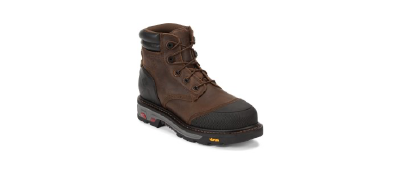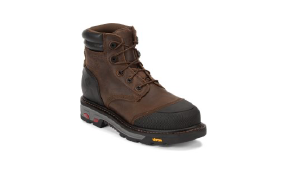Chalk mining culture
A feature on Georgia’s Wilkinson County industrial and agriculture community.
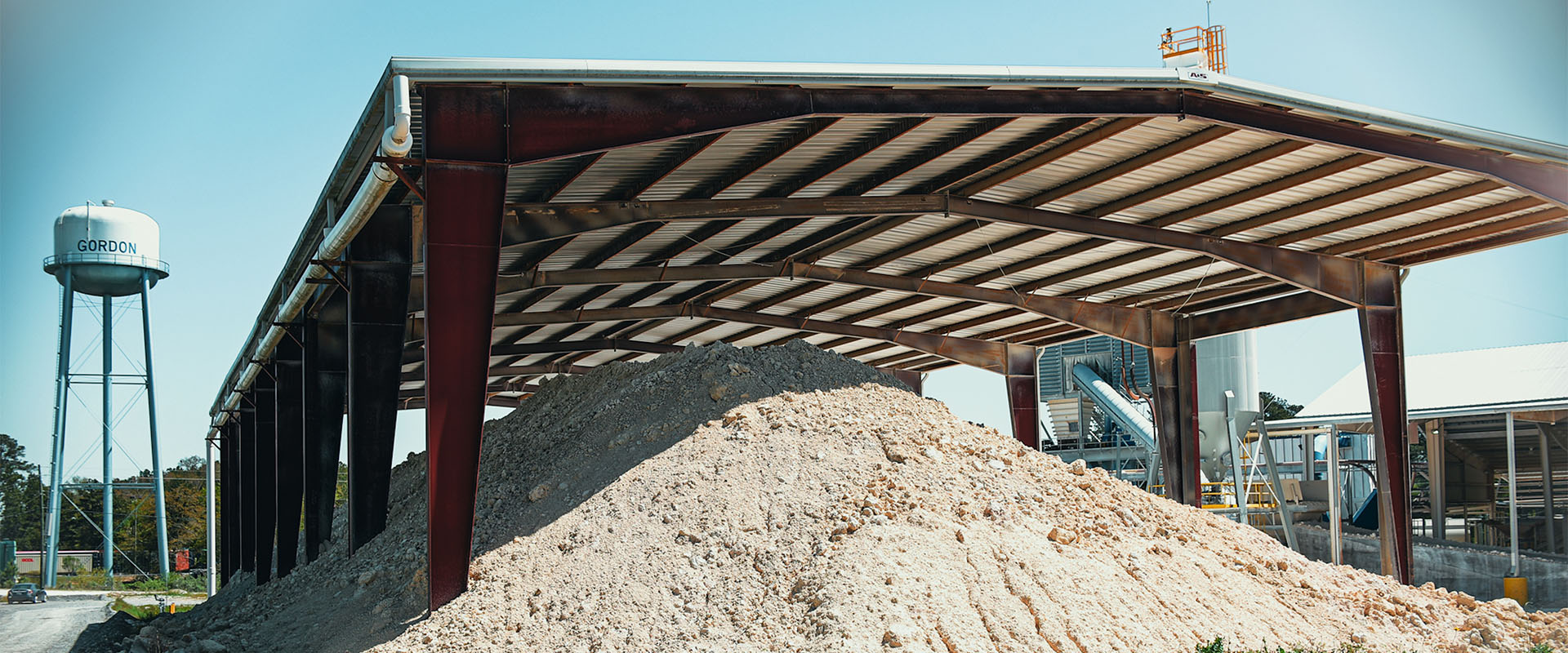
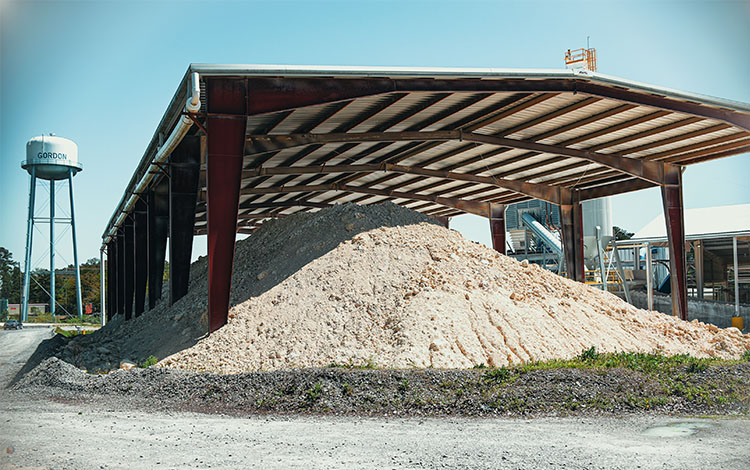
Feature by Candace Dantes | Photos by Kevin Dantes
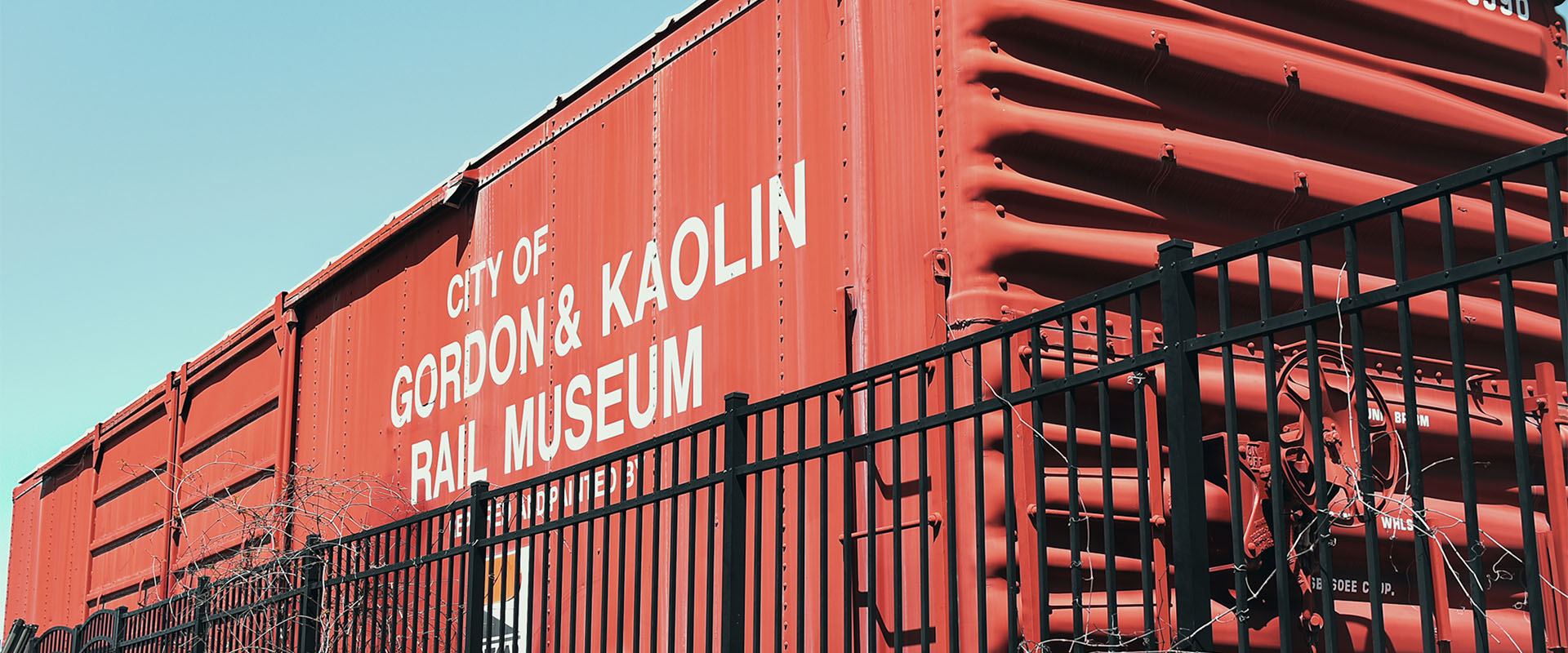
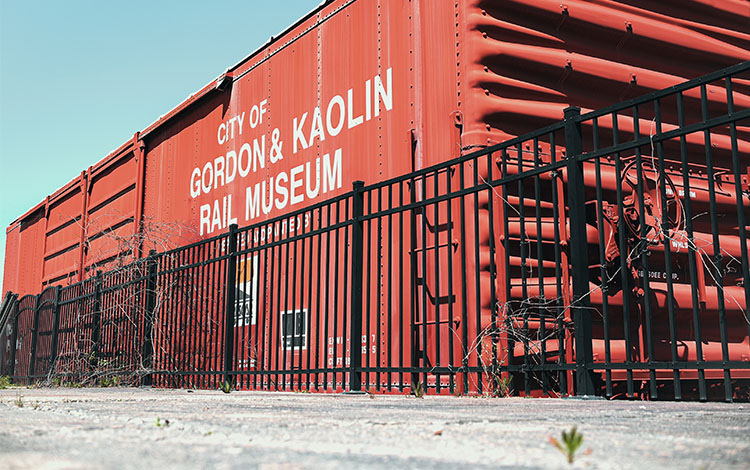
Consider it a county where most stockpile a pair of work boots in the wardrobe. Wilkinson County, Georgia manifests Smalltown, USA. Tight-knit community. Generations of factory families. That slower pace of life.
Nicknamed Wilco, the county’s historical selling point in the Georgia Black Belt Region: its positioning within the world’s kaolin mining industry. Wilco serves as an exporter of kaolin — a valuable, chalky clay used to manufacture products such as paint, rubber, paper, cosmetics, and medicines.
“The kaolin plants are how a lot of our families have made a decent living,” said Anthony Wilcher, 64, born and raised in the town of Gordon within the county.
Wilco’s rural municipalities include county seat Irwinton. Smaller towns Danville, Allentown, McIntyre, Toomsboro, and Ivey (home of the once-popular reality show “Here Comes Honey Boo Boo”). And Wilcher’s hometown of Gordon was established as a depot on the Central of Georgia Railway and sits in the heart of the Kaolin Belt. Wilcher’s father, Callie Wilcher Jr., turns 90 years old in September 2022. Callie worked for Gordon’s local chalk mine for about 50 years. Anthony rounds out 42 years at the plant this June.
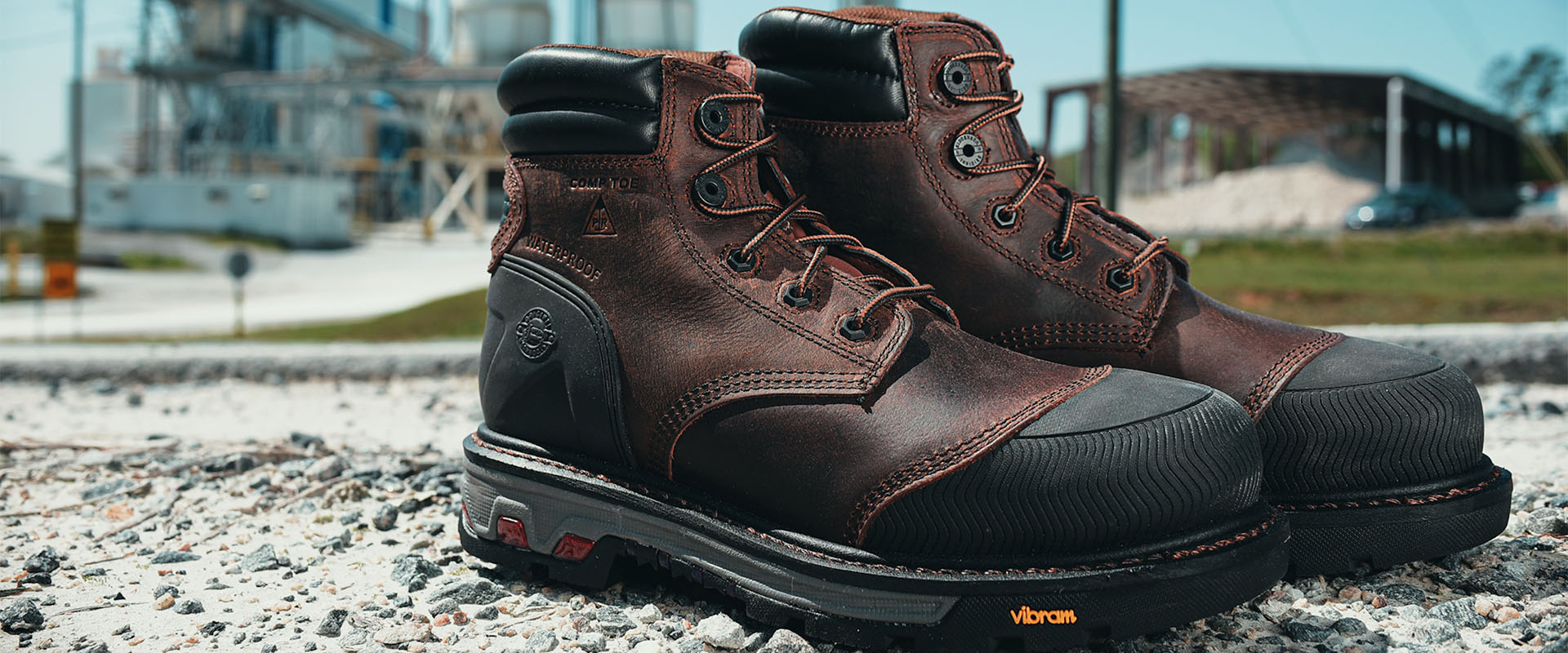
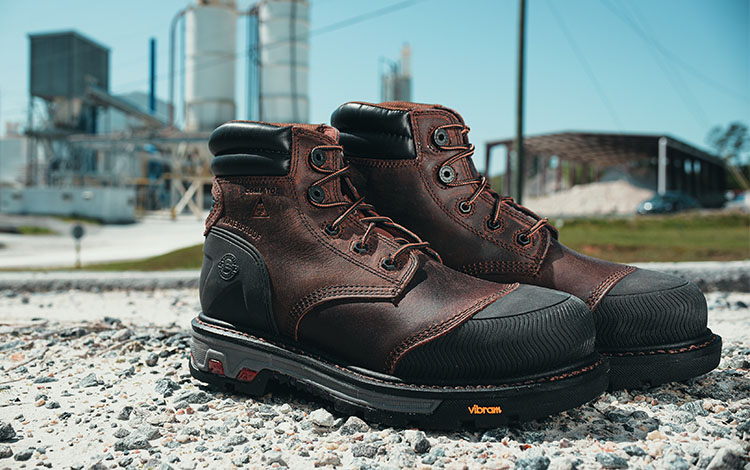
And if Anthony had to rank the required gear chalk mine workers can’t perform their jobs without no matter the decade: “It’s the hard hat and safety glasses,” he said. “Safety boots are a really close second.” Footwear isn’t just footwear either for kaolin workers. It’s purpose-driven. From the thick soles and steel toes, protection against oils, sharp edges, and uneven surfaces, it's mandatory.
As a plant operator at German chemical company BASF, Anthony relies on boots like Justin’s Warhawk Nano Comp Toe style to achieve indoor and outdoor tasks.
Pipelined from Justin’s Commander Collection, this Western work boot combines safety technology; durable and puncture-resistant construction; weather-proof design; and everyday comfort for the type of work Anthony conducts on the daily. The kaolin expert started working in the industry at age 23. “The plant has changed ownership about four times now,” he said. “I can remember starting out loading and stocking 50-pound bags. Around 2,000 bags a shift.”
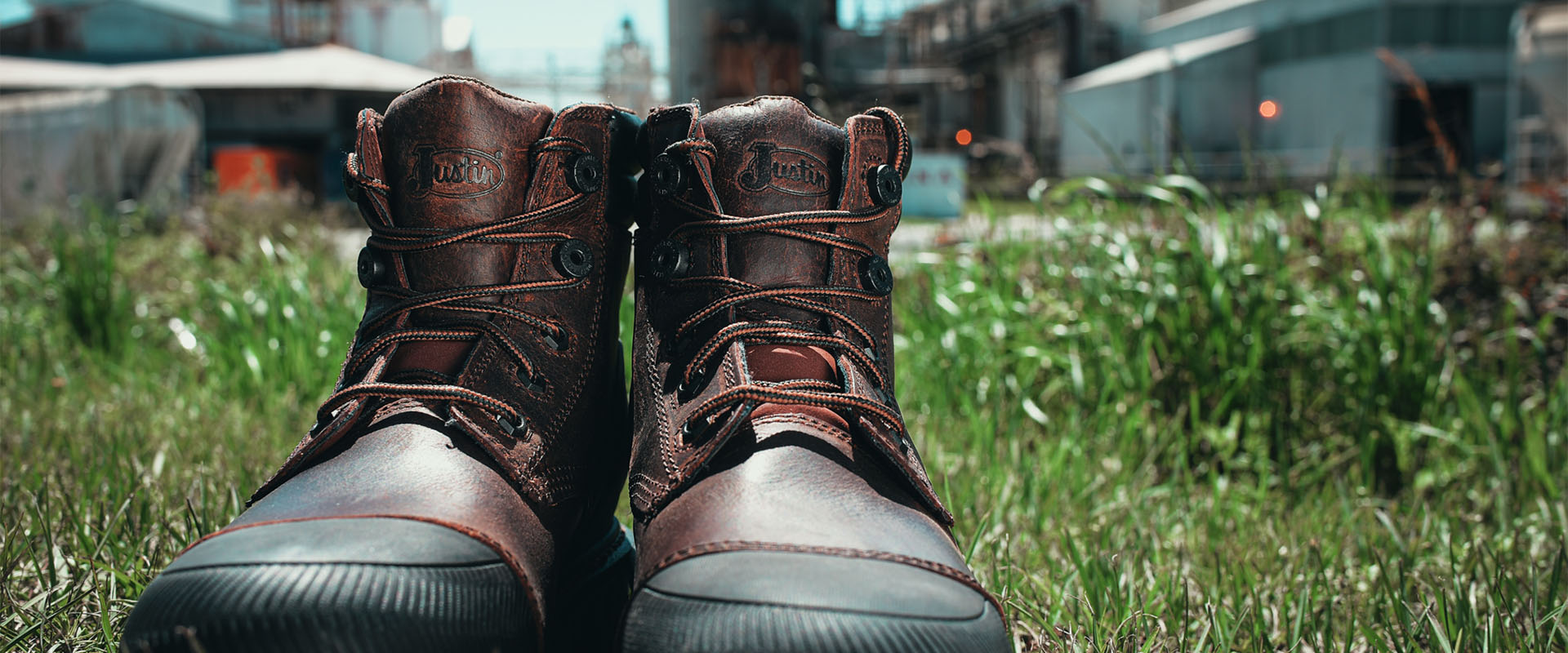
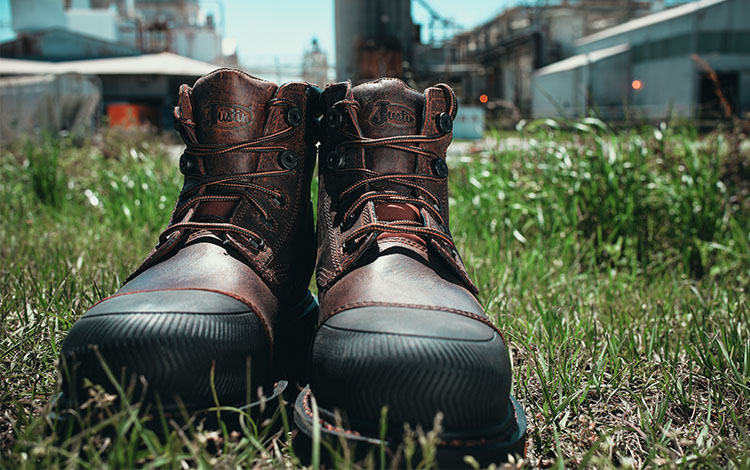
Each new title change and responsibility demanded the proper boots for safety and performance. The same gear and equipment prerequisites apply to Roger Ford. The 56-year-old bulldozer heave-hos from the machine at least 15 to 20 times a day at Arcilla Mining & Land Co. in neighboring McIntyre.
Ford’s job is to keep the clay company’s grounds smooth for other trucks to travel in and out of the plant. “You have to be stringed all the way up every single day,” said Ford, who holds a 15-year background in the county’s kaolin community. Ten years with Arcilla. Ford follows in the chalk mining footsteps of his Uncle Sammy Ford, too. Sammy dedicated 30 years to McIntyre’s Penny Mine before retiring.
Center for Agribusiness and Economic Development, agriculture contributed $69.4 billion in output to Georgia’s $1.1 trillion economy in 2020.
Both the Wilcher and Ford families trace their livelihoods to agriculture, too. As Black produce and livestock farmers. Coming from a people who routinely planted community gardens or raised hogs, goats, chickens, and cattle. Safe to say: Western work boots are a tradition on Wilco land. Classic, multigenerational fashion rural residents continue to use between work and play.
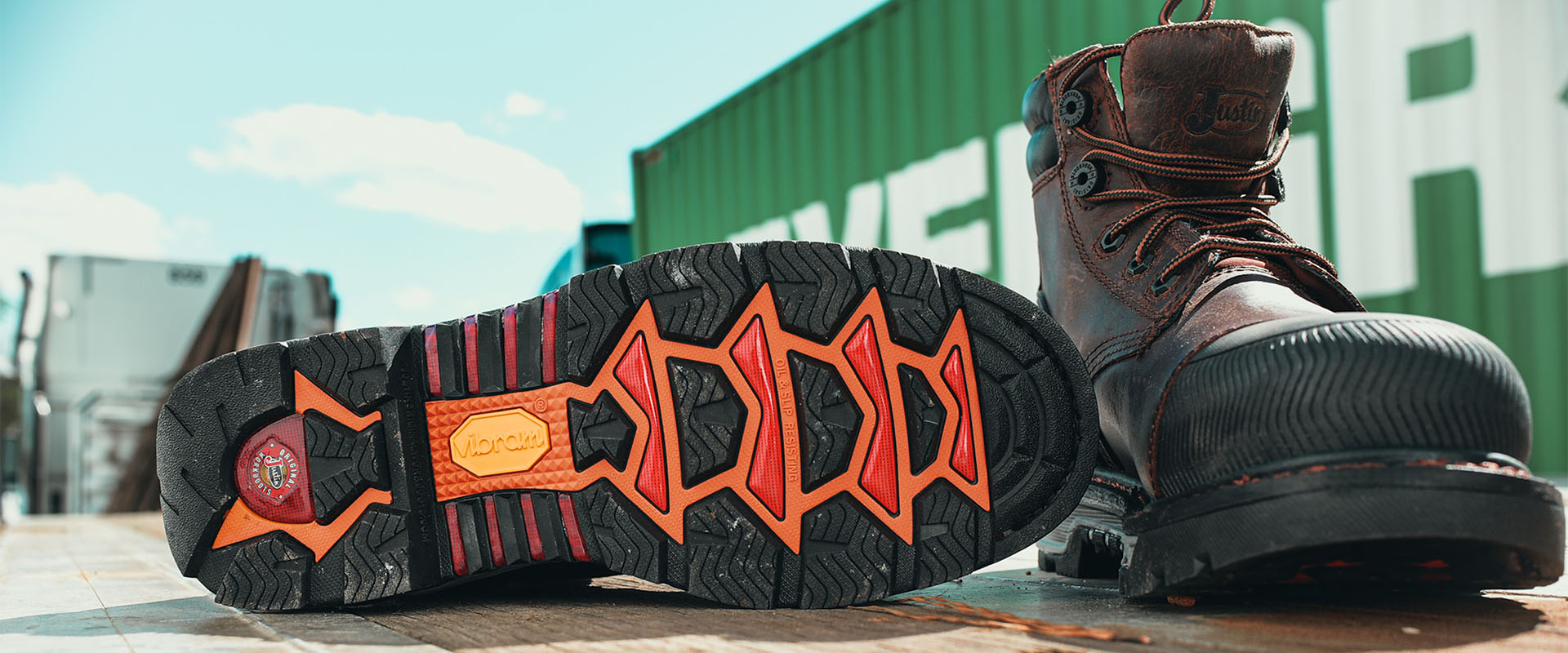
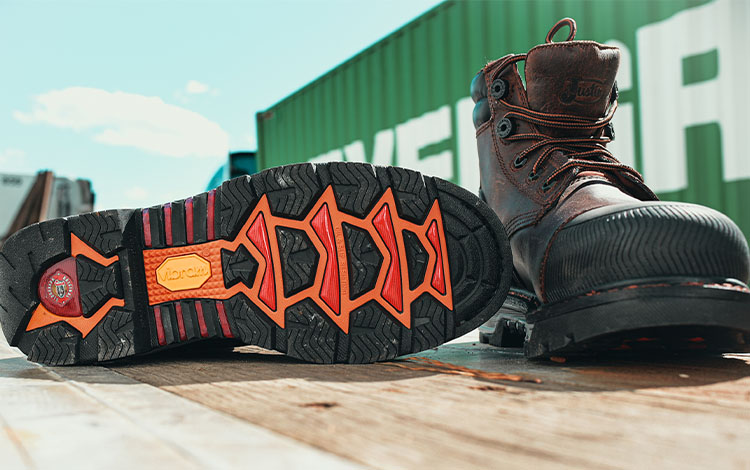
“It’s common for any age group to farm, fish, or hunt here,” said Dr. Aaron Geter Jr., 57, Wilkinson County Board of Education superintendent and 26-year community member. Settled in 1803, Wilco’s economic foundation initiated with agriculture. Primarily cotton and food crops driving its market. Railways and larger waterways provide early transportation. Creeks and backwoods as natural scenes for recreation.
Its present-day population of roughly 8,687 people now live and work in a community that includes educational, construction, and service industries. Geter and Wilkinson County Schools educators teach more than 1,200 Pre-K through 12-grade rural students. Often introducing them to nature-rich experiences throughout the county.
Even Geter straps up his favorite boots for seasonal ag activities. Crappies, catfish, and bream across the county’s fishing landscapes. Quail, deer, and rabbits on private and public lands during hunting months. “Many of our students’ parents, grandparents, and great-grandparents come from agriculture or chalk mining,” Geter said. “Most of our male parents have worked 35 to 40 years with kaolin companies and have some connection to the outdoors. Well, we all do.”
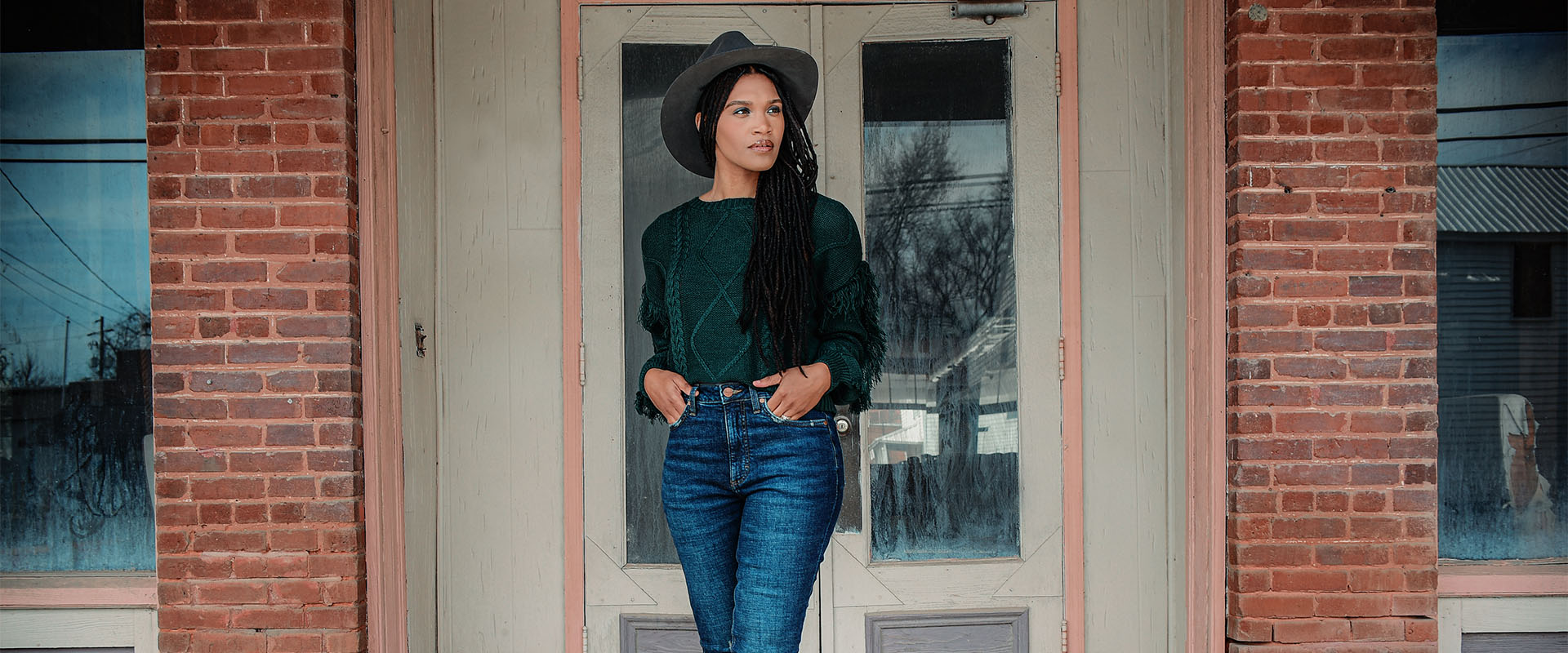
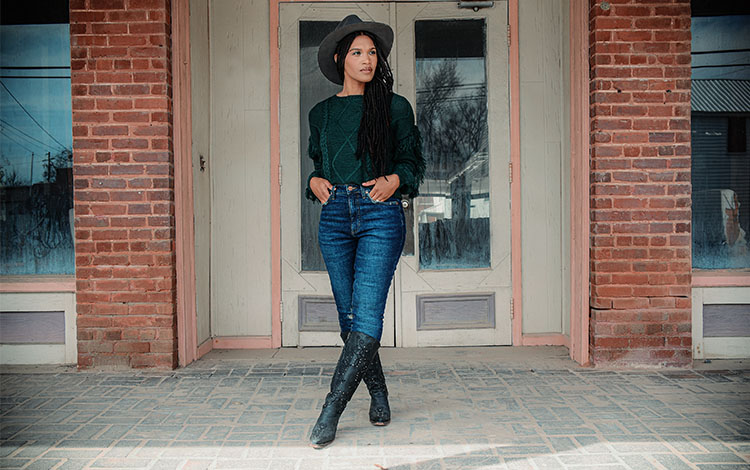
About Justin’s Contributing Writer
Candace Dantes is a fourth-generation farm girl and award-winning journalist based in the Georgia Black Belt Region. Raised on her great-grandparents’ cattle farm, Candace’s family still owns and stewards 300 acres of farmland. Currently, the print-to-digital content creator serves as project manager for the U.S. Department of Agriculture research grant Black Farmers’ Network and marketing and communications manager for national nature not-for-profit Outdoor Afro.
